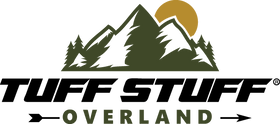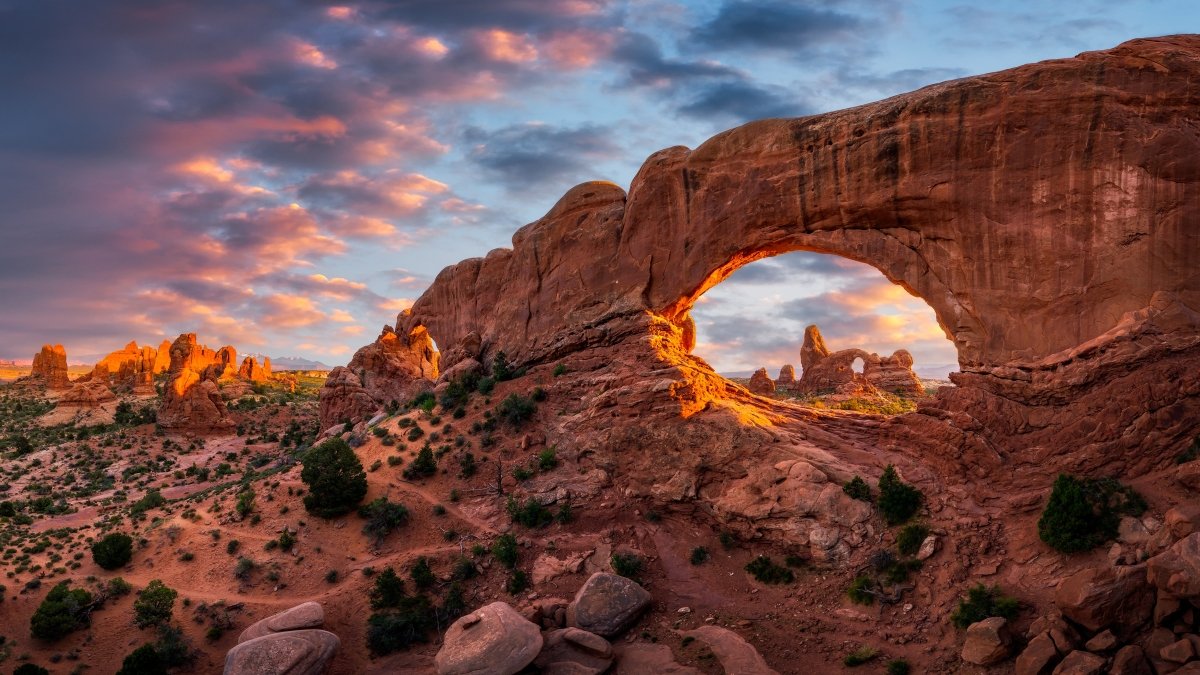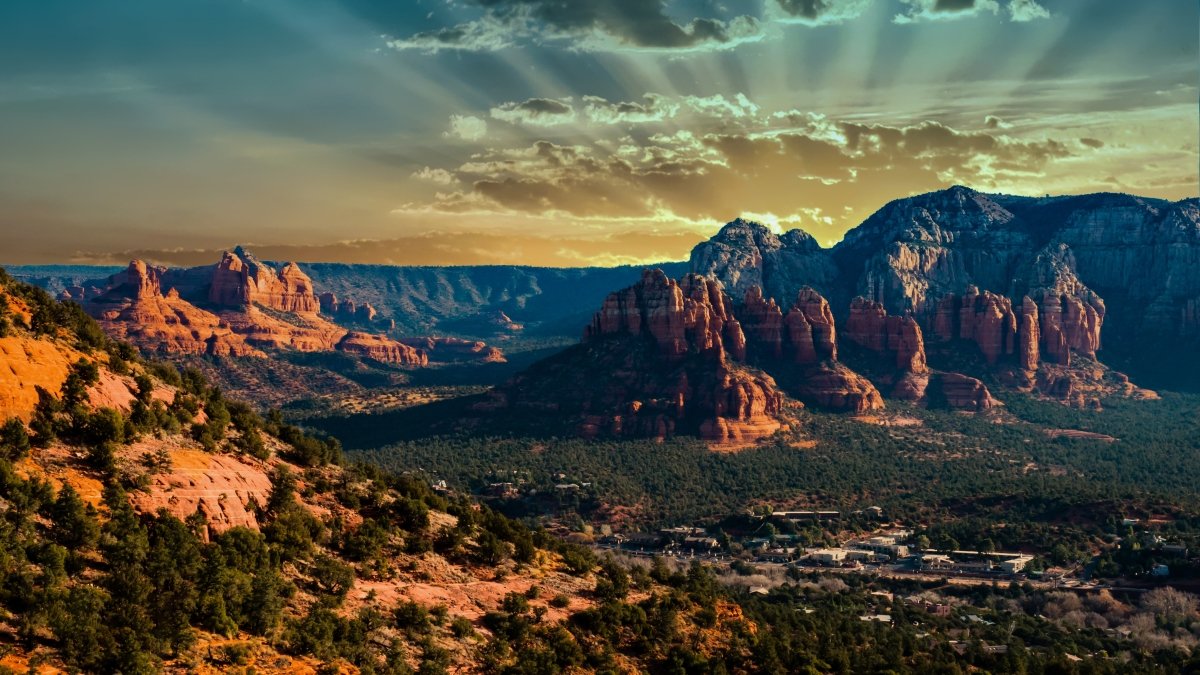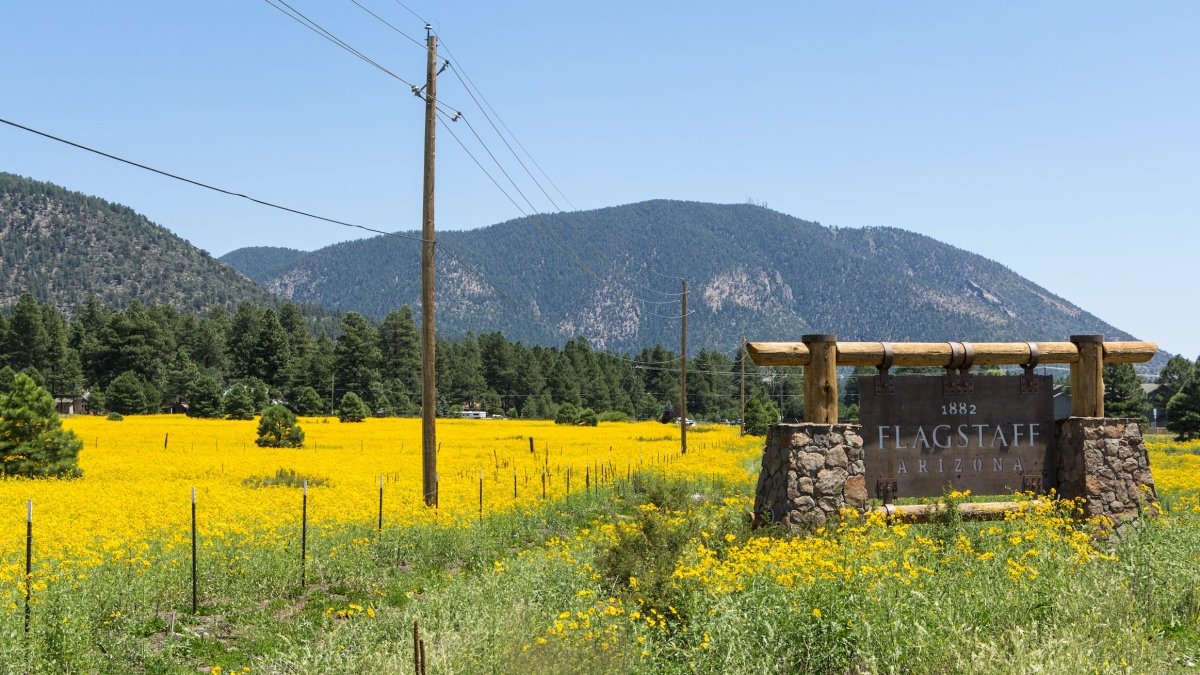Moab is a beautiful ancient city in southeastern Utah. Because of its nearness to the Colorado River, Moab is perfect for dispersed camping. This destination is famous for its red sandstone landscape and proximity to two national parks: Arches National Park and Canyonlands National Park.
The city is also home to a vibrant outdoor recreation scene, with hiking, biking, rafting, and off-roading activities. Additionally, Moab is a popular destination for stargazing, with its night sky often ranked as one of the darkest in the United States. Moab also offers a variety of cultural activities, such as art galleries, museums, and music festivals.
Stunning views of red rock canyons and towers, sparsely populated, picturesque landscapes, incredible night skies, and mysterious craters, all for free. No wonder many adventurers love to be in Moab. With various free campsites to choose from, each offering something unique to explore and experience.
This article will provide an overview of some of the best spots for dispersed camping in Moab, Utah. We will detail each spot so that you can find the perfect place to set up your tent or park your RV for a peaceful outdoor experience.
What is it Like to Camp in Moab?
Moab offers a plethora of outdoor activities for campers to enjoy. From hiking and mountaineering on some of the most stunning red rock formations in the world to fishing for sunfish, bass, and catfish in the mighty Colorado River, there is something for everyone.
For an extra adventure, you can explore the nearby La Sal Mountains, go overlanding and fly fishing for Green Colorado Cutthroat Trout. Other activities in Moab include 4x4 off-roading on Hell’s Revenge, whitewater rafting on the Colorado River, and visiting the Moab Giants Dinosaur Park.
We’ll provide more information about the rules and regulations of camping in Moab, RV-friendly locations, and a list of the best sites to set up camp in this beautiful red rock landscape.

Best Places for Free Dispersed Camping in Moab
Before driving your big rig to any of the free camping spots in Moab, it is vital that you first scout out the location. Access is not always guaranteed, so it is best to take precautions. Here are some of the best free camping locations outside Moab, Utah.
1. Willow Springs Trail
The Willow Springs Trail is a stunning free camping spot, and it is managed by the Utah Bureau of Land Management (BLM). RVs of any size can easily find a suitable site here, and although the area is spacious and can get crowded, you can always find areas of seclusion and privacy.
Willow Springs Trail is only 15 minutes away from the city. It is also close to the Arches National Park. The road is a dirt trail with a few pull-outs. Be sure to pack out all of your trash and be mindful of the environment to help preserve the beauty and balance of the area.
2. Gemini Bridges
Gemini Bridges Designated Campsites is a BLM campground. It might be among the most picturesque places to camp in Moab. There isn't much cell service at this campsite, but it is nice and peaceful despite being in a quiet box canyon.
There are at least five sites under BLM, and anywhere outside these designated sites is trespassing. Due to the extremely rough road, you can only enter Gemini Bridges with a high-clearance 4WD vehicle.
3. La Sal Loop Road/Manti-La Sal National Forest
One of the best dispersed campsites at Moab is found in the La Sal Mountains, which also serve as a stunning backdrop. You will feel like you are in another world as you enter these mountains, which are frequently at least 10 degrees cooler than Moab, even though you are less than 20 miles from the town.
There are numerous opportunities for camping on one of the numerous spur roads in the National Forest, along the popular dispersed camping destination known as the La Sal Loop road. You can also visit some of the region's less-known attractions, like the La Sal lookout.
Your best bet to get here from Moab is to travel south on Highway 191, then turn left onto Old Airport Road. Make sure you are in the National Forest before setting up camp by keeping an eye out for La Sal Loop Road signage from here. You have to go prepared, as there is no water or other amenities here.
4. Castleton Tower Campground
The Castleton Tower, one of the most well-known climbing locations in the world, is more of a giant rock shaped like a tower than an actual tower.
This tower stands out as a monolith in the neighborhood. Many mountaineers from all over the world assemble to attempt one of its many well-known ascents.
Numerous areas beneath this magnificent piece of nature are suitable for camping. Although this location does not qualify as dispersed camping, camping here is free—if you arrive in plenty of time, that is.
The tower's picturesque vista and equally stunning surroundings suggest camping in this Moab region. However, many other people share this opinion, so planning is necessary before going during the busy season.
It is recommended that you stay away from here on the weekends when climbers swarm to this area. Be ready for many late-night celebrations, some early-morning jingle-jangle, and a mess of stainless-steel jugs, reinforced mountaineering boots, and other rock-climbing gear.
You can't miss Castleton Tower because it is only a short drive from Moab's city center and is easily identifiable by the tall, apartment-like rock that towers over everything else.
5. Yellow Circle Road
The BLM oversees a dispersed camping area on Yellow Circle Road outside Moab. This campsite can accommodate any size RV and has good cell service for campers. Although some of the roads in the area will need high clearance and 4WD to explore, you can find plenty of roomy campsites near the area's entrance.
If you notice fire rings scattered about, you've located the designated campsites. A sizable open gravel lot is also present. This area is surrounded by lovely scenery, and the sunset and sunrise offer spectacular views of the sky.
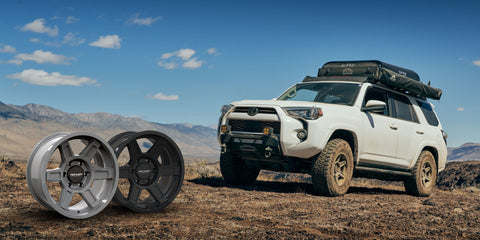
6. Strike Ravine
On BLM property, the Strike Ravine dispersed camping area offers spacious sites with breathtaking mountain views. Scouting out the camping area in advance is recommended because it can become quite muddy after rain. 28 feet was the longest RV reported on Campendium.
7. Klondike Bluffs
Outside Moab, on State Trust Land, there is a free camping area called Klondike Bluff Road Dispersed Camping. There are plenty of open spaces in this camping area that can fit any size RV. You won't have any trouble working while boondocking out here because campers report strong cell service from all the major carriers.
The distance from Arches National Park to this camping area is only 15 to 20 minutes. Check out Klondike Bluff Road if you want to see expansive landscapes and gorgeous sunsets.
8. Lone Mesa
Before arriving at this fantastic camping plateau, you must travel 1.5 miles on gravel after leaving the paved road.
Lone Mesa is a fantastic vantage point because of its elevation of 5,282 feet. Turn 360 degrees around you, and the picturesque views will be there for you to capture, making it simple to take unique, National Geographic-worthy photos here.
Apart from being physically close to notable locations like Moab (25 minutes away), Arches (20 minutes away), and Dead Horse Point, the Lone Mesa campground is also readily accessible to the visually stunning nearby natural beauty and points of interest (15 minutes away). Lone Mesa can be the ideal vantage point if you want to make a short detour to visit these fantastic places.
Before visiting, you should know that it can get quite hot there, so make sure your RV is fitted with some cooling amenities.
9. Dalton Wells Road
There is dispersed camping along Dalton Wells Road on the Utah State Trust property. It has picturesque bluffs and expansive views. You might even spot a hot air balloon in the early morning hours.
Any size RV can stay at this free campsite outside Moab. With most carriers, the cell signal is weak but still functional. Camping is not permitted along the first half mile of the road; however, as you proceed further in, campsites become visible. There is a lot of open space, but there is still room to spread out.
10. Bartlett Wash BLM
Along Bartlett Washington Road is where the Bartlett Wash BLM site is located. Despite being close to trails, this campsite is generally relatively quiet. There is also an unreliable phone signal. This campsite has multiple entrances; if you enter from the appropriate road, the area can easily accommodate large rigs.
As with all Moab free camping, try to scout it out in advance with your tow vehicle. According to one reviewer, the only way to enter with a trailer is from the north off of 189 via Blue Hills Road, Mill Canyon Road, and Bartlett Washington Road.
BLM Rules & Regulations in Moab
The rules and regulations that you must follow in BLM administrative areas are the same in Moab as they are in just about every other US camping area.
Because of the region's native peoples' cultural and historical significance, there are some unique rules for camping in Moab that you won't find in many other places.
Here are a few BLM guidelines for the Moab region specifically:
Dos:
- Hydration - Maintaining proper hydration throughout the day is essential, especially if you're hiking or performing another strenuous outdoor activity. It is advised to consume at least 1 gallon of water daily.
- Waste disposal - If there aren't any nearby where you set up your tent, either use the public restrooms nearby or pack your waste and dispose of it properly later.
- Preserving nature - The desert ecosystem is quite vulnerable in many places due to the abundance of low grass and frequently dry soil. The BLM advises using designated roads and routes when driving and hiking on trails specially marked for these purposes.
Don’ts:
- Camp in bad weather - Stay out of the campsite if the weather is about to turn bad. The only way to protect yourself from electrical discharge storms, which are quite common in the desert, is to stay indoors. You're probably the tallest living thing nearby if you're out hiking during a storm, making you the most likely victim of a random lightning strike.
- Never Touch Significant Landmarks - There are many of the earliest cave and rock drawings and markings created by prehistoric native peoples found in the area surrounding the town of Moab. If you come across some of these cultural rarities, make sure only to observe and take pictures because it is strictly forbidden to move, take some of the rocks, or even touch them.
The ancient pictures and markings are now regarded as part of the region's cultural heritage, so it is forbidden to paint, scratch, or otherwise modify the rocks or surfaces with your artwork or signature.
When is the Best Time to Camp in Moab?
Campers enjoy camping in Moab year-round, but the spring and fall are the busiest times. March through May and September through October offer warm days, cool nights, and the best chances of settled weather.
During the summer, temperatures can reach over 100 degrees Fahrenheit, so it's best to plan outdoor activities during the early morning or evening. Winter brings cold temperatures and snow, so it's essential to plan accordingly. If you're camping in a van, trailer, or RV, you'll have a wider range of camping options since you can use your heat or air conditioning.
What to Bring Camping
The wilderness around Moab is incredibly rugged, and to have a safe and enjoyable experience, you'll need to come prepared to be self-sufficient. In addition to the essentials such as a tent, sleeping bags, and camp chairs, here are some of our favorite items for dispersed camping near Moab:
- Map: While you may think you have Google Maps, you need a correct map to ensure you are on public land. We recommend this National Geographic map. It gives a comprehensive overview of Moab.
- Camping Stove: When camping in a dispersed camping area, you need a camping stove because there are no cooking areas or campfire rings. You need a camping stove to cook meals, boil water, and keep warm in cold weather. It is also important to remember that open fires are not allowed in some dispersed camping areas in Moab. A camping stove is the only way to cook food and boil water.
- Portable water container: There is no access to clean water in the desert plains. Mainly in the Moab dispersed camping areas listed in this article. You need a portable water container.
- Cooler: If you come with food and drinks, you want to keep them cool. Flagstaff’s climate can be harsh.
- Mats: This is a no-brainer, but it is worth mentioning. There are no bedrooms in these dispersed camping spots. You need a camp mat.
- Portable toilet: Because you may find many spots in Moab hard to dig, portable toilets are the best bet to provide a sanitary and hygienic way to use the restroom no matter where you are camping.
We hope this guide will help you enjoy an exciting dispersed camping experience in Moab! Do you want more adventure? How about you learn how to find the best dispersed camping spots near you?
